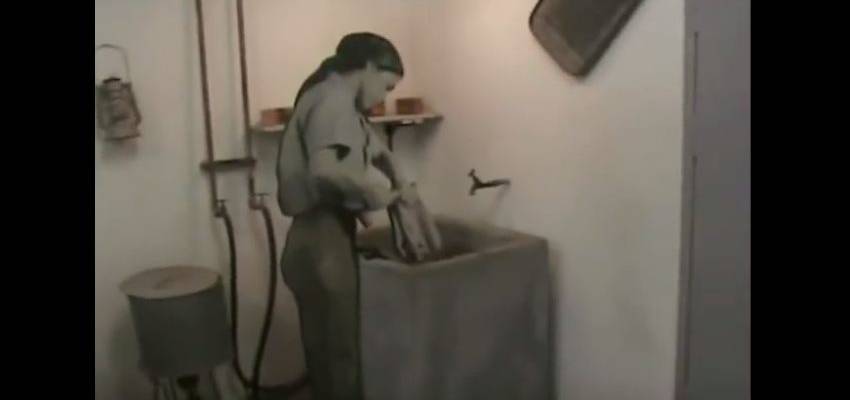They say that if you want to hide something where no one will find it, put it in the most obvious place, right under their noses. This is exactly what Israel’s pioneers did when they built a legendary bullet factory in British-controlled Palestine in the 1940s.
In the years preceding the declaration of the State of Israel in 1948, it was inevitable that the new state would be born. It was equally inevitable that the surrounding Arab States would aggressively pursue a plan to invade in order to “push the Jews into the sea” before the fledgling Jewish state would have even a moment to breathe. Knowing this, the leadership of the Jewish Agency had to confront some very difficult decisions.
It was obvious that war was coming. What was less obvious, was which measures should be taken to prepare. Some thought that everything possible should be done to smuggle arms; others believed that if they tried smuggling arms while the British were still in control, they ran the risk of being caught, having the weapons confiscated and, hence, enormous sums of money wasted. Not to mention the severe penalties, including the death sentence for those caught with illegal arms. The debate raged on.
In 1945, the Haganah (Jewish defense organization that later merged with the IDF) decided to establish a secret ammunition plant. With incredible ingenuity, they completed the plant within just three weeks. Its code name was the Ayalon Institute – in Hebrew, Machon Ayalon.
The ammunition plant was situated on a kibbutz that to the average observer was no more than a collective farm. Almost 30 feet below ground, however, was another world where 45 people worked to produce bullets that would be essential in the war effort.
The factory was operational until 1948 and produced over two-million bullets, each embossed with the letters EA – the ‘E’ standing for Eretz Yisrael (the Land of Israel) and the ‘A’ for Ayalon. The bullets were manufactured for the Sten gun, which was the main personal weapon used during the War of Independence.
How did they build the underground bullet factory? The huge machinery was lowered through an opening in the floor which was hidden by a massive baking oven. The Kibbutz also operated a commercial laundry, which concealed the entrance to the underground factory. Ironically, it was this laundry that cleaned the uniforms of the British soldiers whom they were trying so hard to avoid.
When you visit the Ayalon Institute on Kibbutz Hill in the city of Rehovot, you will begin your tour with a movie and then go to see the laundry. The local guide will ask if you can spot where the entrance is to the bullet factory, and unless you know already, you will not be able to locate it. You will then go down to see the actual bullet factory.
Where did they get the copper to produce the bullet casings? Copper is not found in Israel and must be imported. Applications to import large quantities of copper were submitted to the British. They questioned the need for the copper and were told that the kibbutz was planning to manufacture lipstick cases. This sounded reasonable enough, and the license to import copper was granted.
The courageous efforts of those who worked in the bullet factory contributed dramatically to the war effort. They lived in constant fear of a British raid, which would mean not only the end of the factory, but likely the death penalty of those involved. It is no wonder that David Ben-Gurion, the first prime minister of the State of Israel, referred to them as heroes.
By: Rabbi Moshe Rothchild, United with Israel
